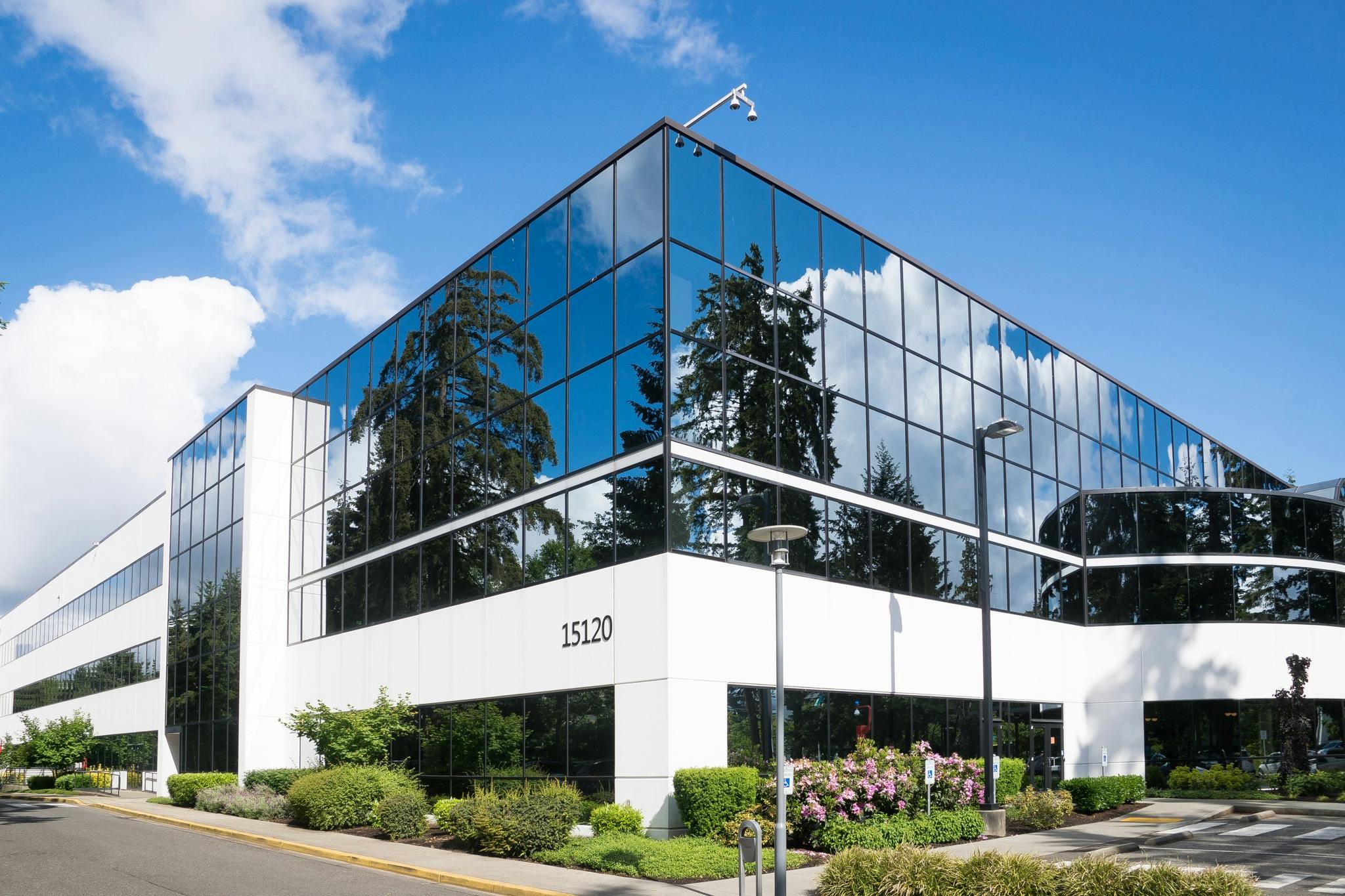Net Operating Income (NOI)
NOI is a property’s total income before mortgage expenses but after reducing operating costs (such as property maintenance, property management fees, and utilities). It’s a key metric for knowing whether a property will produce a good return.
Capitalization Rate (Cap Rate)
Cap rate is the percentage of a property’s expected annual return. It’s calculated by dividing the NOI by the property’s current market value. Higher cap rates generally suggest a higher potential return, often with increased risk. This ratio is commonly used to compare properties or determine investment potential.
Tenant Improvements (TIs)
Commercial tenant improvements are changes made inside a space to best fit a tenant’s specific needs. Examples include adding office partitions, improving lighting, or updating flooring. Depending on the lease, costs may be covered by the landlord, the tenant, or split between both.
Triple Net Lease (NNN)
A triple net lease requires tenants to pay the base rent plus property taxes, insurance, and maintenance costs. This setup lessens the landlord’s expenses while allowing the tenant to manage upkeep costs.
Build-Out
A build-out is the construction or renovation of an interior space to suit a tenant’s needs. Often confused with tenant improvements, “build-out” typically refers to larger-scale remodels.
Usable vs. Rentable Square Footage
- Usable Square Footage: The true area the tenant occupies.
- Rentable Square Footage: Includes usable space plus common areas (like hallways, lobbies, restrooms). Rent is often based on rentable square footage, so this distinction is essential for budgeting.
Common Area Maintenance (CAM) Fees
CAM fees cover shared area expenses like landscaping, security, and parking lot maintenance, divided among tenants. CAM fees are often included in triple net leases and are billed in addition to the base rent.
Gross Lease
With a gross lease, the landlord pays for all property expenses, including taxes, insurance, and maintenance. The tenant pays only the set rent, making budgeting easier. Gross leases are more common in office buildings than in industrial or retail spaces.
Vacancy Rate
The vacancy rate is the percentage of rental units or spaces currently unoccupied in a market or building. A high vacancy rate may suggest lower desirability, while a low rate indicates high demand. This rate is monitored by investors and landlords to gauge market health.
Loan-to-Value (LTV) Ratio
The LTV ratio is the loan amount expressed as a percentage of the property’s value. Lenders use the LTV ratio to assess risk; a lower LTV typically leads to better loan terms due to higher borrower equity.
A Primer in Commercial Real Estate Terminology for Better Investing
Whether you’re a seasoned investor or new to the market, understanding commercial real estate jargon enables more informed decisions. These terms help explain how properties are valued, leased, and financed, giving you a solid foundation for successful investments.

